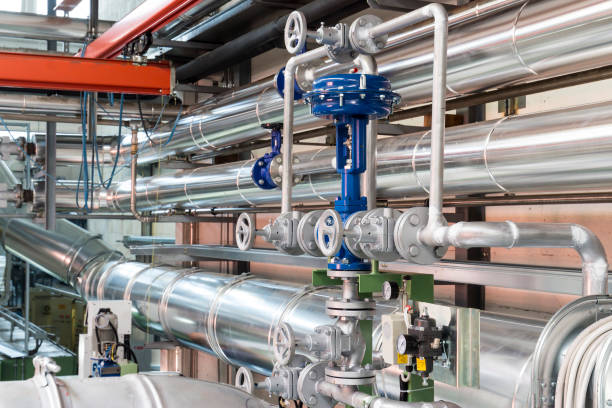
What is Pneumatic Valve?
Pneumatic valves are valves that are driven with the help of compressed air. Pneumatic valves can control the flow of various fluids such as air, water, steam, and various corrosive media, slurries, oils, liquid metals, and radioactive media.
Pneumatic valves open and close relatively quickly and are often used for fast two-way cut-off use. You can also use it to regulate the flow of use. It relies mainly on the gas source to operate, so it has high practicality in flammable and explosive situations.
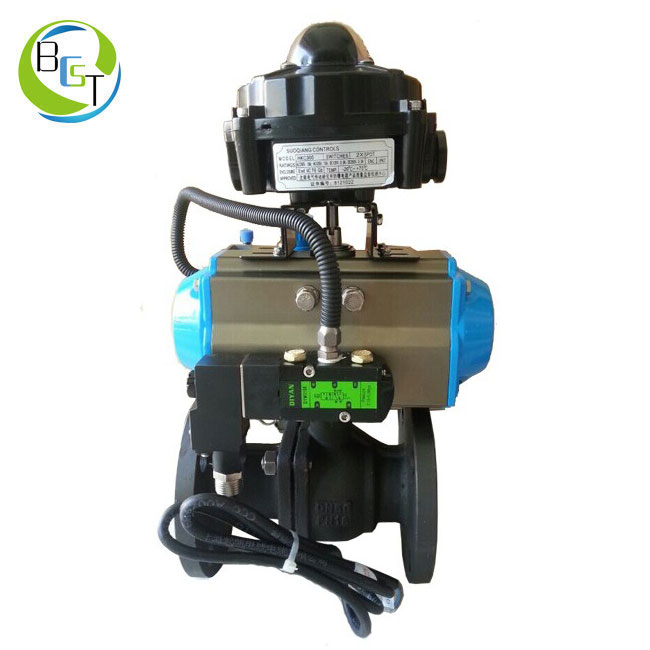
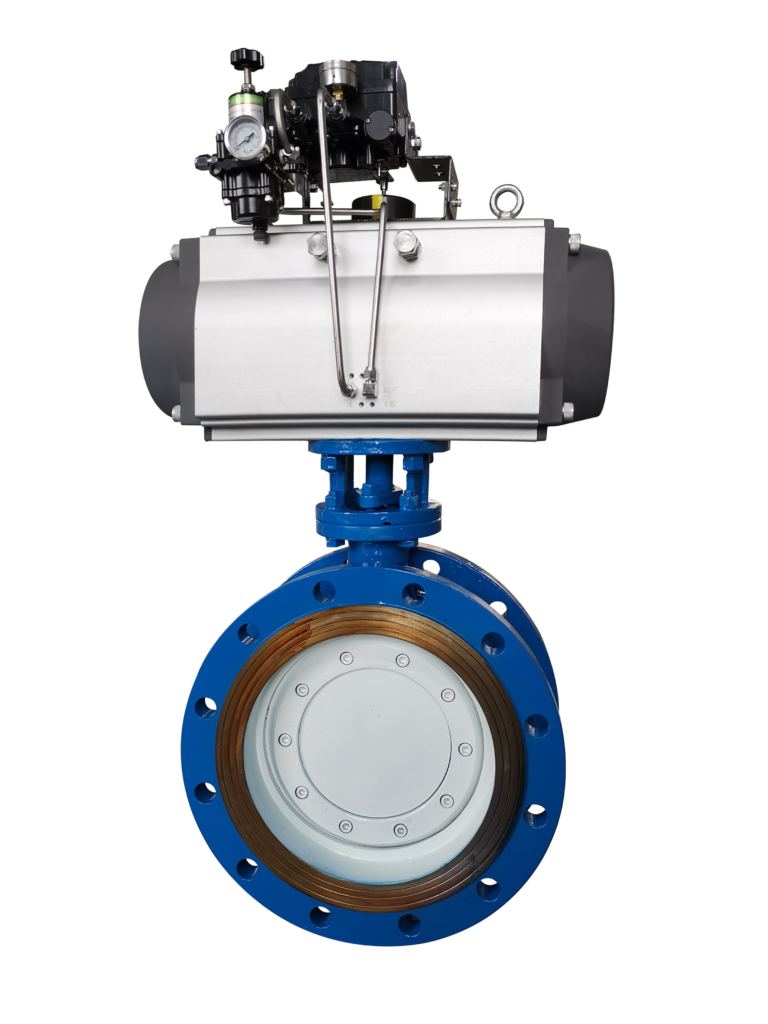
What are the accessories of pneumatic valves?
A.Pneumatic Triplets
And there are many variations of accessories in pneumatic valves. With different accessories, the valve can also achieve various control methods. Therefore, the user can configure the valve according to the different working needs.
The pneumatic triplet, or F.R.L, is the most common accessory in pneumatic valves. In pneumatic technology, the air filter (F), pressure reducing valve (R), and oil mist collector (L) are assembled as a pneumatic triplet. It is used to purify and filter the air supply into the pneumatic instrument and to reduce the pressure to the rated air supply pressure of the instrument, equivalent to the function of a power transformer in a circuit.
Their role can be summarised as filtering + pressure reduction, + oil mist. It means that the function of filtering and depressurizing the compressed instrument air and lubricating the air is completed.
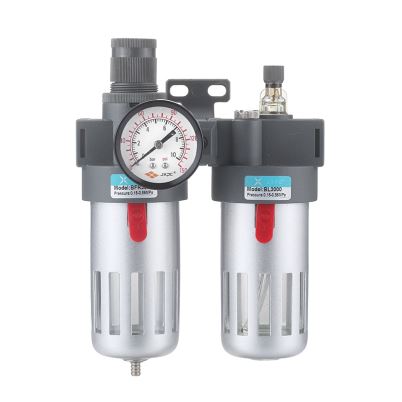
The pressure-reducing valve is a mandatory accessory; regardless of the function of the pneumatic valve must be configured. Its role is to give the pneumatic valve a common power source of pressure; the standard value is 0.4-0.7MPa.
A pressure-reducing valve is a valve that automatically keeps the outlet pressure stable by reducing the inlet pressure to the desired outlet pressure and relying on the energy of the medium itself.
Pressure-reducing valves are light, small, and easy to install. Therefore, you can install it with pneumatic transmitters, regulators, and other products.
The pressure-reducing valve regulates the pressure of the air source and keeps it in a constant state. It also reduces damage to hardware such as valves or actuators due to sudden changes in air pressure. The filter is used to clean the air supply. It filters the water from the compressed air and prevents it from entering the unit with the gas. The oil mister lubricates the moving parts of the body. It lubricates parts that are not easily lubricated and greatly extends the body’s life.
The order of installation of the three components in the air intake direction is the air filter, pressure reducing valve, and oil mist separator, respectively.
B.Pneumatic duplexes
Pneumatic duplexes are mainly filters and pressure-reducing valves. Their role is to complete the filtering and decompression function of the compressed instrument air.
The filtration degree in the pneumatic drive system is generally 50-75μm, and the pressure range is 0.5-10Mpa. If the filtration precision is 5-10μm, 10-20μm, 25-40μm, and the pressure regulation is 0.05-0.3Mpa, 0.05-1Mpa, then it is necessary to connect the components without tubes. That is the pneumatic duplex. The pneumatic duplex is an indispensable air source device in most pneumatic systems. They are installed close to the air-using equipment and are the final guarantee of compressed air quality. The combination of the air filter and pressure-reducing valve can be called a pneumatic duplex. In some cases, the presence of oil mist in the compressed air is not allowed, so we need to use an oil mist separator to filter out the oil mist from the compressed air.
C.Pneumatic Solenoid Valve
A solenoid valve is a necessary configuration for two valves that only need to be opened and closed. Solenoid valves control the opening/closing of pneumatic valves using excitation/demagnetization. In addition, solenoid valves are commonly used for switching valves. It controls the opening and closing of the valve using a voltage signal that controls the gas circuit of the air source.
A solenoid valve is an industrial device controlled by electromagnetism. It is the essential component of automation used to control fluids. It belongs to the actuator, and the pneumatic solenoid valve is one of them. Pneumatic solenoid valves are also called directional control valves. It is controlled by the movement of the valve body to block or leak out the different holes for oil discharge. Because the inlet hole is always open, the hydraulic oil will enter the other discharge pipes. The valve then pushes the piston of the cylinder through the pressure of the oil from the pneumatic solenoid valve. This method of controlling the current of the solenoid of the pneumatic solenoid valve also controls the mechanical movement of the entire solenoid valve.
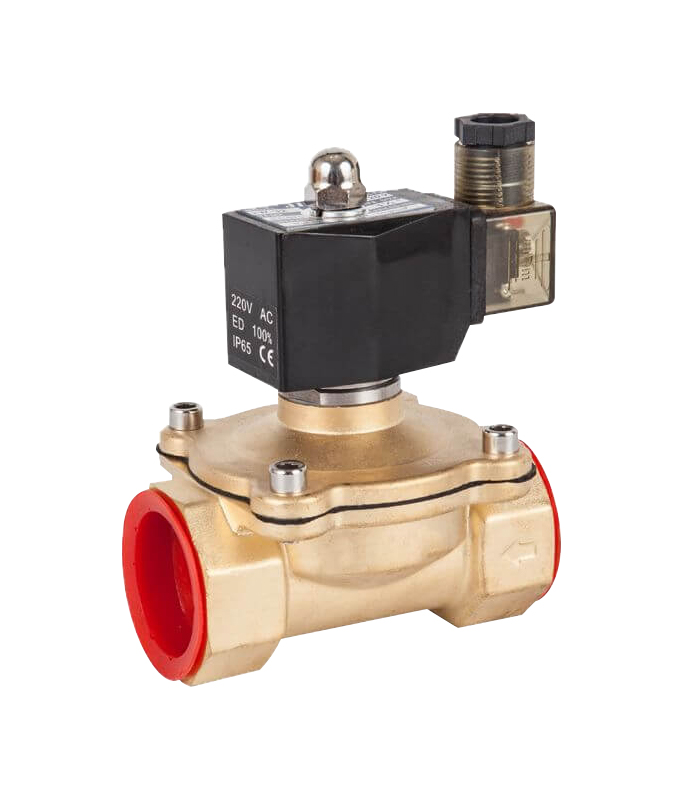
D.Limit Switch
A valve limit switch, also known as a travel switch, can be called back to the letter. It is a field instrument for detecting the valve’s status in the automatic control system. It is used to output the opening or closing position of the valve as a switch (contact) signal, which can be accepted by the programmable controller or sampled by the computer search, and then confirmed to execute the following procedure. The product can also be used for interlock protection and remote alarm indication of essential valves in the self-system. The valve limit switch is an effective configuration if a two-position valve’s position status is to be mastered. It is an electrical switch used to indicate and give feedback on the movement limit position of mechanical equipment.
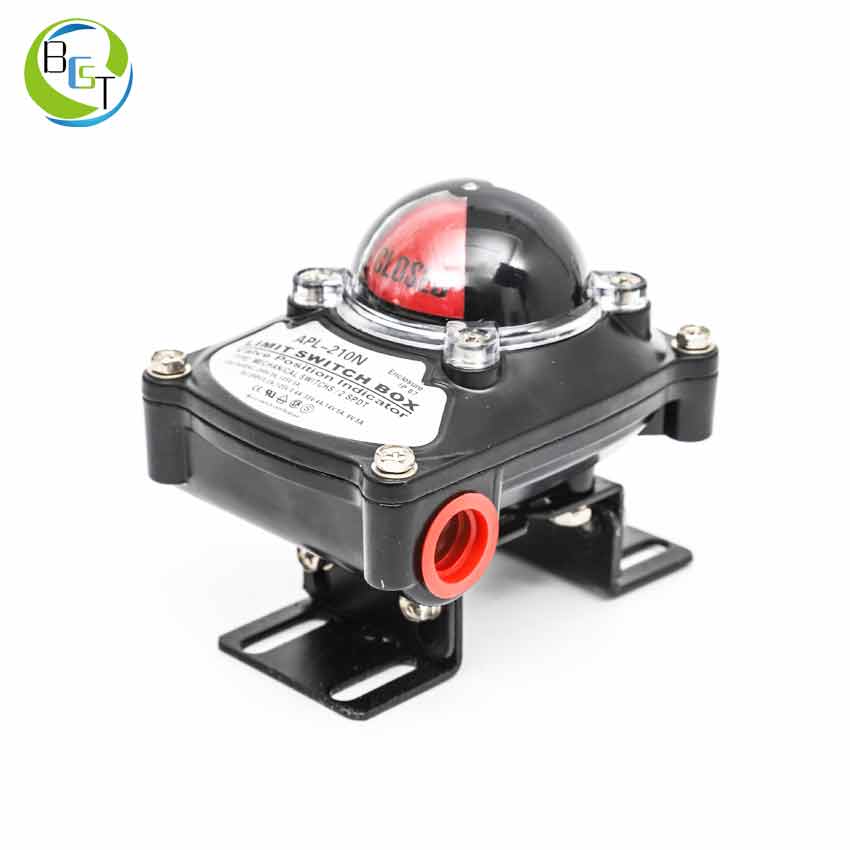
E.Positioner
The positioner is the key accessory of the regulating valve. It is usually used in conjunction with a pneumatic control valve. It accepts the output signal from the regulator and then uses its output signal to control the pneumatic control valve.
We can use the valve positioner to control the valve at any open position. It uses the stem displacement signal as the input feedback measurement signal. It uses the controller output signal as the set signal and compares it. It changes its output signal to the actuator when there is a deviation between the two. This causes the actuator to act and establishes a one-to-one correspondence between the number of valve stem displacements and the controller output signal.
The valve positioner can increase the regulating valve’s output power and reduce the regulating signal’s transmission lag. It can also speed up the movement of the valve stem. It also improves the linearity of the valve. It overcomes the friction of the valve stem and eliminates the effects of unbalanced forces, thus ensuring the correct positioning of the regulating valve.
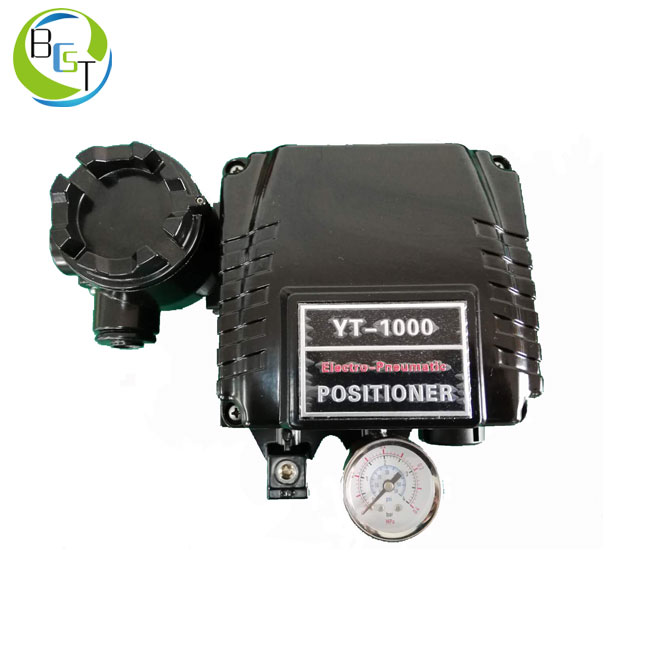
F.Other accessories
A pilot valve is also necessary for large-capacity cylinder valves to speed up the valve action. The function of the pilot valve is to switch between large volume lines by driving the pilot valve with a small volume of air signal. It allows the cylinder valve to be filled/unfilled more quickly. There are various types of pilot valves, which are optional depending on the specific needs of the pneumatic valve.
If to master the valve position is a control valve, a valve opening transmitter must be installed. It gives feedback on the opening signal of the valve in any place. Due to the needs of the equipment process, the valve may be opened usually and closed slowly, or opened slowly and closed normally, and then a pneumatic damper must be configured. The damper is used to control the amount of air passing through. Then, we adjust it to achieve the desired speed of valve action.






